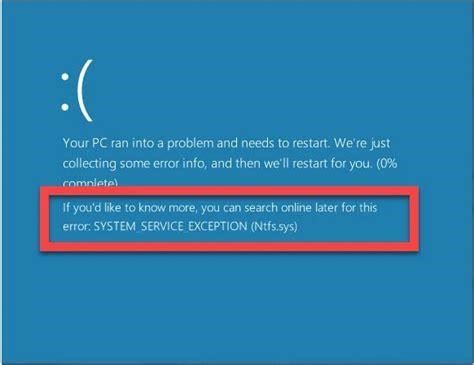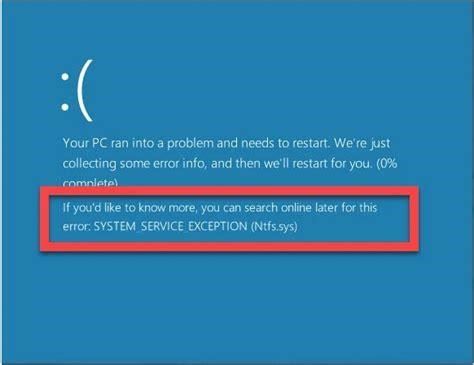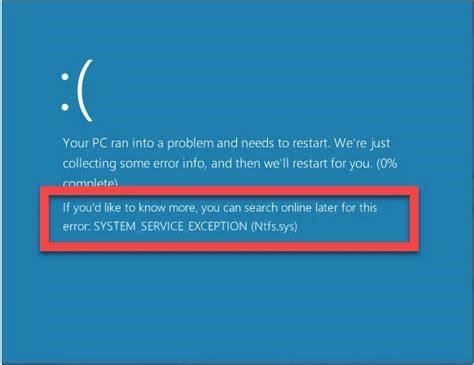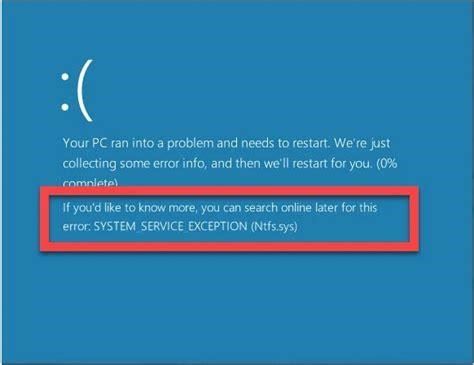Navigating Windows Update On Windows 10
As Windows 10 continues to evolve, Microsoft regularly releases software updates to fix bugs, patch security vulnerabilities, and introduce new features. While this keeps your system secure and improved, some users find the update experience disruptive or confusing. If you wish to pause or disable Windows 10 updates, you have options – though none quite as simple as flipping an on/off switch.
In this guide, we’ll walk through your choices for managing Windows 10 updates and look at the pros and cons of each approach.
Understanding Windows Update Settings
Out of the box, Windows 10 Home and Pro are configured to automatically download and install updates from Microsoft. Major updates, like biannual feature releases, will only happen when you schedule a restart. But cumulative monthly patches get applied in the background as they become available.
How long can I pause Windows 10 updates?
Note, however, that you normally can’t turn off automatic updates forever. Using Windows’ Settings app, you can only pause them for up to 35 days at a time. Updates often close holes that have been discovered in your operating system’s security, so you should still make sure you’re updating when you can.
How to disable Windows Update service?
Step 1. Disable the Windows Update Service. 1. Simultaneously press the Windows + R keys to open run command box. 2. In run command box, type: services.msc and press Enter. 3. Right click on Windows Update service and select Properties. 4. At General tab: 1. Press Stop to stop the Windows Update Service.
You can view your current Windows Update settings and temporarily pause updates by going toSettings > Update & security > Windows Update. On this screen, Microsoft explains your options:
-
Pause updates for 7 days– Postpones updates for one week at a time, up to 5 pauses over 35 days.
-
Pause updates until a specified date– Sets a future date up to 35 days away to resume updates.
-
Advanced options– Change active hours to avoid restarts during certain times. Or switch to slower delivery of updates over metered connections.
These settings provide basic controls. But if you want to disable automatic updates completely, you’ll need to dig deeper.
Disabling Automatic Updates
The most extreme option is fully stopping automatic delivery and installation of Windows updates. Be warned – this leaves your PC more vulnerable to security threats and bugs. But if you need stability for a presentation or other reason, you can turn off auto updates through two main methods:
Group Policy Editor– Available on Windows 10 Pro, Enterprise, and Education, this tool lets you disable automatic updates via policy. Just search for "gpedit.msc," navigate toComputer Configuration > Administrative Templates > Windows Components > Windows Update, find the "Configure Automatic Updates" policy, and select "Disabled."
How do I disable automatic updates in Windows 10 Home?
Step 1: Launch Run by pressing Windows+R, type services.msc and tap OK. Step 2: Find Windows Update among the services and double-click it. Step 3: Click the down arrow on the right of Startup type, choose Disabled in the list and hit OK to disable Windows Update in your Windows 10 PC.
Is it possible to disable Windows Updates in Windows 10 Home?
The ability to disable Windows Update — even temporarily — can be an important step in getting on with your work while you await updated updates that no longer cause problems. Unfortunately, while Windows 10 Professional has some control over when updates are installed, Windows 10 Home has no such option. We need to bring out a bigger hammer.
Do I need to restart to get Windows 10 updates?
The great news is that you don’t have to do anything to get the latest updates, as they’ll automatically download and install when they’re available. (Unless you’re on a metered connection, then updates won’t download until you get them.) Occasionally, your PC may need to restart to finish installing the updates.
Registry Editor– All Windows 10 editions can tweak the registry atHKEY_LOCAL_MACHINE\SOFTWARE\Policies\Microsoft\Windows\WindowsUpdate\AUto set the "NoAutoUpdate" DWORD value to 1. Be very careful editing the registry.
Again, this completely stops Windows Update from working, leaving your PC unpatched. It’s better to use the built-in pause options for temporary delays instead of disabling outright.
Managing Windows Update Reboots
One of the biggest annoyances with Windows Update is the sudden reboots it forces when installing patches. You can regain some control by:
-
Scheduling active hours during which reboots are blocked. Do this underSettings > Update & security > Windows Update > Change active hours.
-
Temporarily suspending a pending restart for up to 35 days underSettings > Update & security > Windows Update > Restart options.
-
Using a third-party tool like Windows Update MiniTool to tweak restart policies.
With a bit of setup, you can update Windows on your own terms. But don’t disable updates entirely or you’ll miss out on vital security protections. What strategies have you found for managing Windows Update? Let us know in the comments.
How to disable automatic reboot in Windows 10?
The best solution to this annoying problem is with Task Scheduler. To disable automatic reboots right-click on Reboot and select disable. Then be sure change the permissions. Should be set to Read & Execute I also disabled automatic updates by disabling all the tasks in this folder.
How do I stop Windows 10 from restarting?
Open Start. Search for Task Scheduler and click the result to open the tool. Right-click the Reboot task and select Disable. Once you completed the steps, your device will no longer restart after downloading and installing new updates. However, new updates won’t apply, and future updates won’t install until you manually reboot your computer.
Additional Windows 10 Resources
- Reset Windows Update to Fix Problems
- Manage Windows 10 Updates
- Windows 10 Update Settings You Should Change Now
References
- https://www.windowscentral.com/how-disable-pause-updates-feature-windows-10-may-2019-update
- https://learn.microsoft.com/en-us/answers/questions/1351413/how-do-you-turn-off-windows-10-updates-which-are-r
How can I prevent Windows 10 Home from updating automatically?
For Windows 10 build 1607 Home edition, update is automatic and can’t be managed. If you want to disable the automatic updates, the only way can be found is disabling Windows Update service. Please remember to mark the replies as an answers if they help and unmark them if they provide no help.
How do I manually update Windows 11?
Select Start > Settings > Windows Update > Advanced options. Under Active hours, choose to update manually or automatically in Windows 11. If you want to adjust your active hours manually, select the start time and end time for active hours. Need more help?
Can I disable automatic updates in Windows 10 Home Edition?
Microsoft has prevented disabling automatic updates in the Home edition. This option will only work in the Windows 10 Pro and Enterprise editions. This option does the same as Option Three below. If you use this option and manually check for updates, then the updates will still always be automatically downloaded and installed.
What is the best way to stop Windows 10 from updating automatically?
Open Start. Search for gpedit.msc and click the top result to launch the Local Group Policy Editor. Double-click the “Configure Automatic Updates” policy on the right side. Check the Disabled option to turn off automatic Windows 10 updates permanently. Click the Apply button. Click the OK button.




